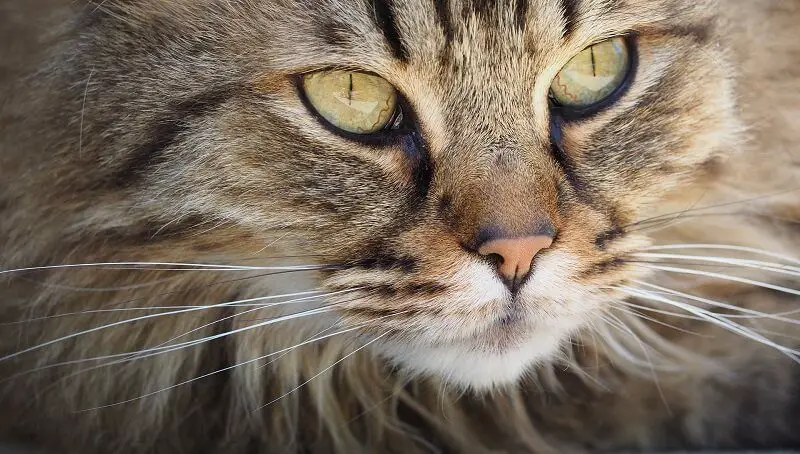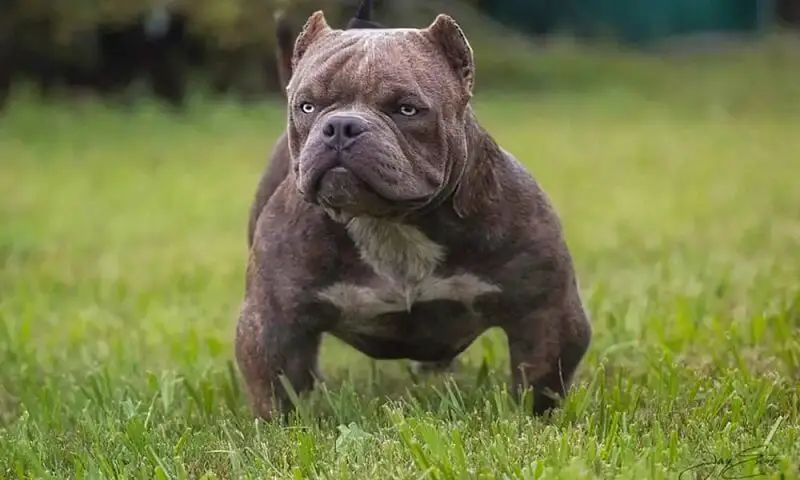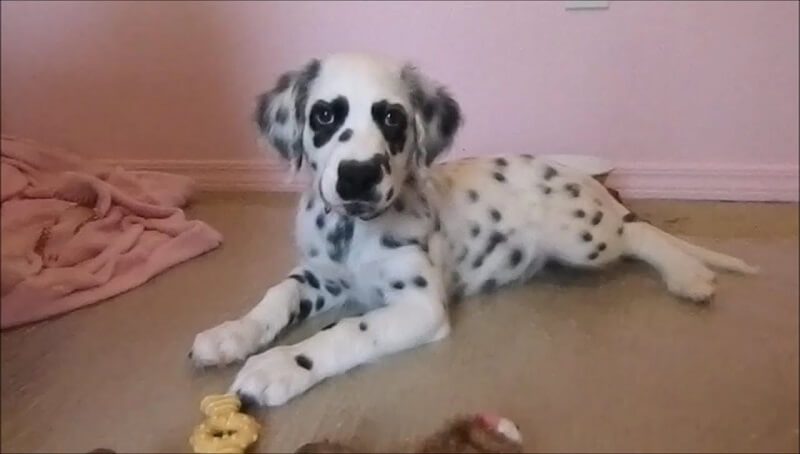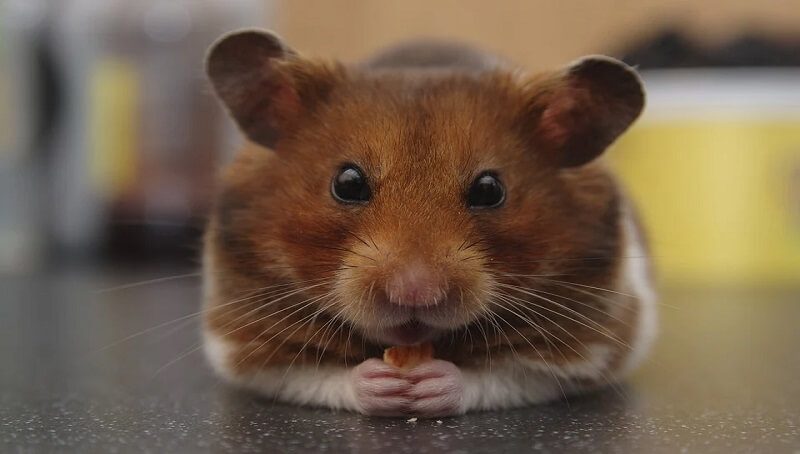Straight or wavy, long or short, whiskers are an important part of a feline’s face. Most would agree that a cat without its whiskers would look at least odd, but it might surprise you how important these seemingly superficial structures are to your cat! A cat’s whiskers are essential for how they interact with its environment and perform a variety of functions. In this article, you’ll see what the role of whiskers in cats is, why cats have mustaches, and how they use them.
What is the role of whiskers in cats?
Cats’ whiskers are actually surprising. Here are some of the ways cats use them:
-
For the sense of touch
The main function of the cat’s whiskers is the sense of touch. The follicles from which the hairs grow are surrounded by sensory cells. These cells transmit tactile information that is similar to the signals that the tip of our fingers sends to the brain.
Sensory cells are stimulated by the smallest vibrations in the hair, allowing cats to feel not only the solid objects they are rubbing against, but also to perceive air currents from nearby movement.
This helps your cats, especially:
- To better assess their nearby environment;
- Prevent the dangers of eye and face injury, caused by branches, insects, etc.;
- They hunt better at night;
- Be able to approximate whether they can fit into certain small spaces.
-
A sense of direction
Some whiskers follicular cells have the proprioceptive ability, postural reactions, and “telling” a cat how they are oriented to the ground. In other words, proprioception is the ability to maintain the position of the entire body in space. This is very important for an animal that should always land on its feet!
You might also like my articles about:
- Why you should never cut your cat’s whiskers
- Why does my cat have black boogers
- Do cats like to be kissed
-
In communication
Finally, there is evidence to suggest that a cat’s whiskers may be involved in communication with other cats and even owners.
The small muscles around the base of the mustache allow stressed cats to direct their mustaches to potential threats and relax them when they are satisfied. A cat that doesn’t feel well can pull its mustaches back on its face in a grimace.
How many whiskers do cats have?
Although it can be hard to tell in some cats, mustaches are spaced very regularly and grow in very specific locations. The most prominent mustaches are those on the upper lip, located in ordered rows of 4-5 shorter mustaches positioned forward and longer mustaches in the back.
Most cats have about 12 mustaches on their upper lip, 3 over each eye, and a few shorter ones on their chin. If you look closely, you will notice that most cats have a few mustaches on their lower paws or chin.
Can cats hurt their whiskers?
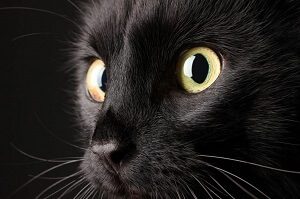 Although cat whiskers transmit sensory information, the hair itself is made up of keratin, just like the hairs in people’s heads.
Although cat whiskers transmit sensory information, the hair itself is made up of keratin, just like the hairs in people’s heads.
Each cat’s whiskers follicle can be associated with up to 100-200 neurons, and mustache overstimulation, or “whisker fatigue,” is a real problem. Whisker fatigue is usually caused by chronic, recurrent pressure on mustaches and triggering neurons in a way that overstimulates the cat. It is often associated with food of improper size and water vessels.
The tips of the mustache constantly touch the edges of the bowl while eating, irritating and distracting the cat. If you see that your cat no longer wants to eat from her ordinary bowls or takes food out on the floor, replace the bowls with less deep ones.
Diseases that can affect your cat’s fur, infections, scabies, and vasculitis, can also affect the follicles of your cat’s whiskers and cause them to fall out or delay their growth.
Some medications, such as chemotherapy, can cause a cat to lose its whiskers. As always, be sure to ask your veterinarian if you have any concerns about the health of these important structures.
What happens if you cut a cat’s whiskers?
Because the nerves are associated with the follicle and not with the hair itself, cutting a cat’s mustache is not painful, but such a procedure is not recommended.
Even indoor kittens rely on sensory input from their whiskers, and a sudden change in the information they can get from their environment can be very stressful and confusing.
If cut, do whiskers grow back?
If your cat breaks its whiskers or needs to be trimmed for medical reasons, as long as the follicle does not suffer any damage, these hairs will grow back and regenerate.
In fact, cat whiskers occasionally shed like other hairs, though never more than 1-2 hairs at a time.
It can take between 6 weeks and 3 months for a cat’s facial whiskers to grow back to the right length to be functional. It is normal for cats with different colors and white mustaches to grow black mustaches and vice versa. When they get older, cats’ whiskers become white, which is more noticeable in cats with dark fur.
The role of whiskers in cats is undeniable. They function as a radar that helps guide them in the environment.
